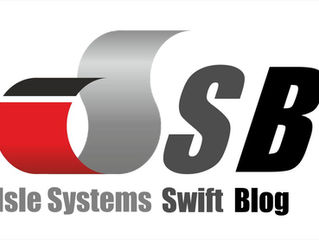

The Protection Risk of Isolation, not Vulnerability
We examine the risk to workers who are not necessarily in vulnerable situations, but are certainly in isolated circumstances, often for many


How to Remove the Impact of Manual Processes for Lone Worker Protection
In a previous post we covered 5 potential impacts of adopting manual processes to protecting your lone workers. These were: the human...


The Protection Risk of Incidents, not Accidents
In this post we look at the often overlooked area of incidents in the workplace, and make a distinction between their much less common cousi


Isle Systems Swift Blog - Case Studies in Monitoring, Alerting and Communications
Here’s the short hand on 4 recent Isle Systems case studies. 4 different situations, 4 different industries. Protecting dispersed road...


Why Manual Processes to Protect Lone Working Aren't Working
In this post we explore what the implications of the 5 problems are on the company that takes the manual approach.


Manual Approaches to Lone Worker Protection - Part 2
In a previous post we looked at a range of ways companies use manual processes to make sure they’re providing a duty of care to their...


Manual Approaches to Lone Worker Protection - Part 1
In this post we look at the monitoring approaches employed by the majority of companies


Behind the Scenes of Lone Working - Part 1
In the first part of this two-blog-post series we look behind the front-line staff to the systems that are whirring away in the background.


One combined device for complete lone worker and non-lone worker monitoring, alerting and communicat
How one company started with a lone worker protection requirement and ended up improving its whole plant.


The New Ways to Think About Lone Worker Protection
Apart from these two obvious areas, it turns out that there are other ways to think about lone worker protection. Here are four of them.











































